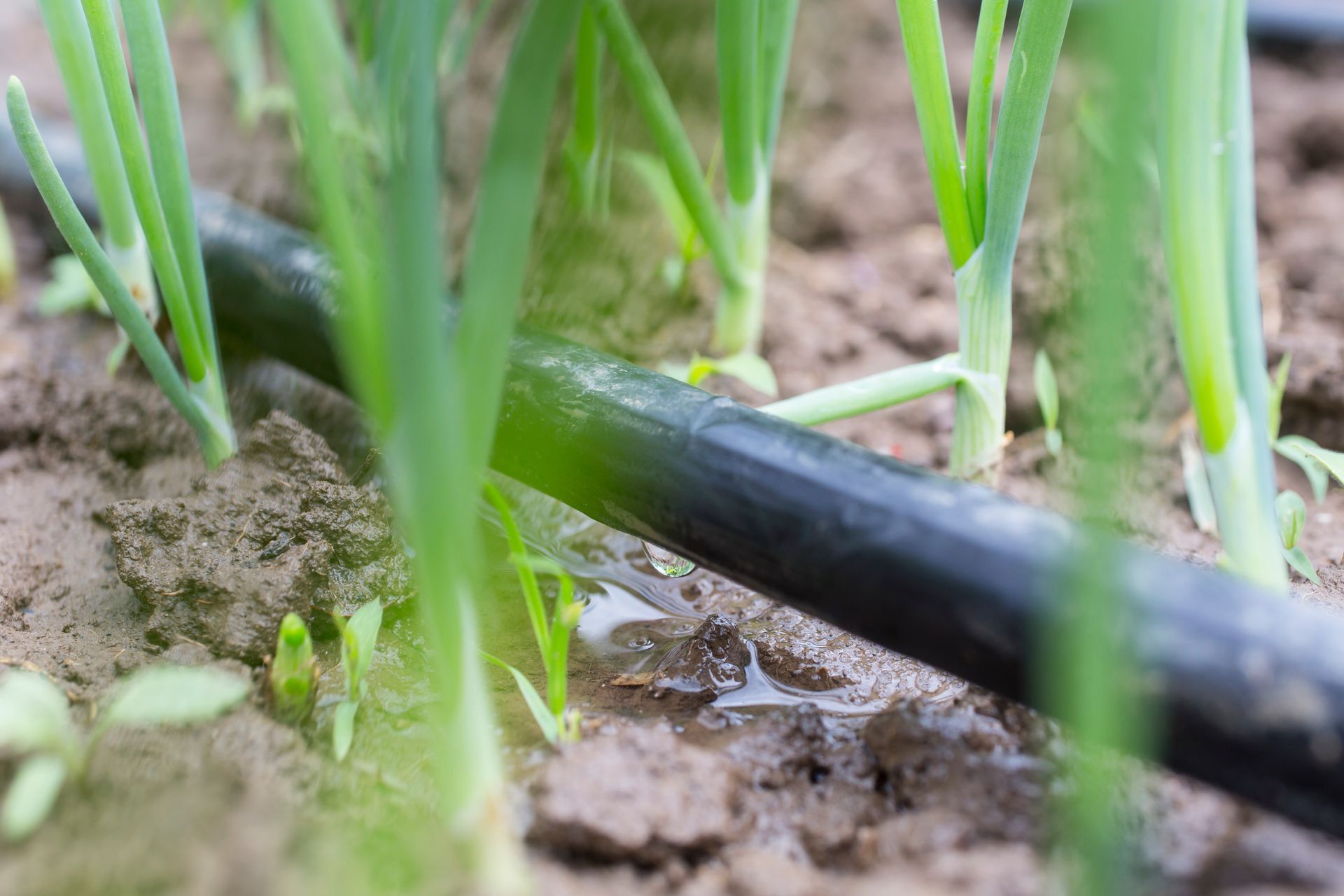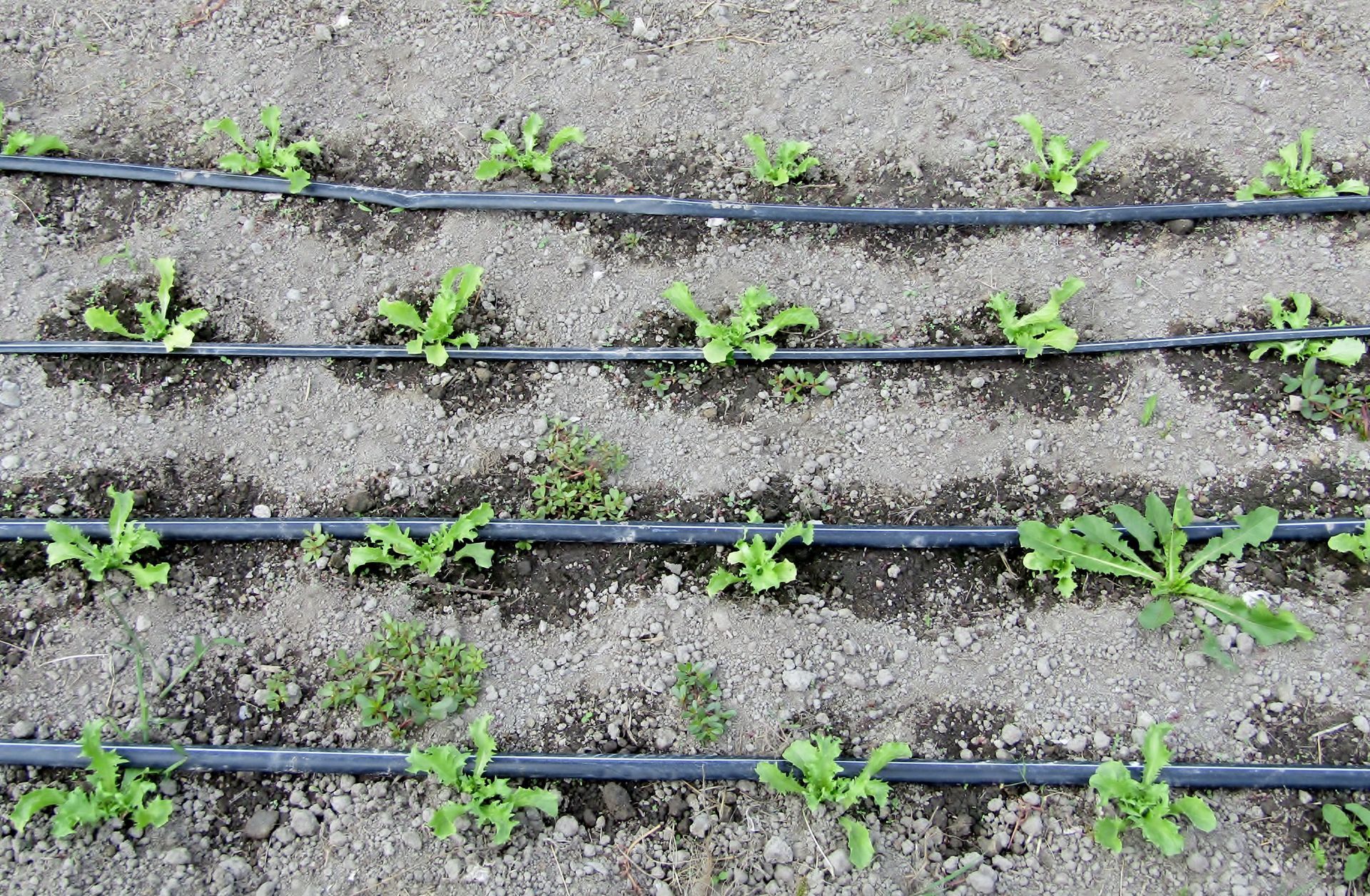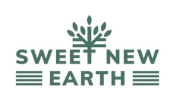Drip Tape vs Drip Line: What is the Difference?

Don't know the difference between drip tape and drip line? Don't worry. It's simple. In a nutshell, drip tape lays flat and is typically used for straight-line crops. Drip line curves around objects and is typically used for things like potted plants or raised beds. DIY and hobbyist gardeners often use a mixture of both to get water to their plants.
There are tons of other ways to get water to your plants other than just drip tape or drip tubing. Some people use, dare we say it, a soaker hose, while others build out complex drip irrigation systems. Maybe you actually needed to water your grass and you need something like a lawn sprinkler. When it comes to gardening, most people use a combination of drip tape and drip tubing (which we'll explain more of below).
Editors Note: we updated this article on Apr 13, 2025 to include the latest and greatest on drip line and drip tape.
By the way, if you are a relatively inexperienced gardener, or you are a hobby, backyard gardener, you shouldn't worry about drip tape. Just get a drip irrigation kit. They got them for containers, raised beds, gardens whatever you need. If you are doing rows of crops then maybe you'll need drip tape.
Check out our favorite kits below.
Table of Contents
Drip Line vs Drip Tape: Everything You Need to Know
Drip tape and drip line are similar irrigation systems with one main difference: the style of tubing.
Drip tape is known for being a lengthier, flat piece of tubing whereas drip lines are (essentially) regular tubing.
Both are considered drip irrigation systems: they release water in a controlled manner at water drip emitters along the entire length of their tubing.
The lines are pressurized according to the desired water amount and the ability of the line to maintain that pressure.
The best drip irrigation systems are renown for their efficiency.
Whereas a soaker hose or sprinklers waste tons of water, drip delivers water right where you need it the most: the plants (usually the root zone).
Drip Tape Irrigation
Drip tape is a common drip irrigation component that is a long, thin-walled piece of tubing.
It lies flat until it's pressurized with water. It's easy to recoil after use because of how flat it is, unlike tubing, which can coil up when you try to reel it in.
The pressure regulator hooks up to the water source, and you control flow rates.
Drip tape is much less limited than line or even soaker hoses. If you plan on farming or gardening long rows and need a lengthy water supply, then you would use drip tape.
Use it in low-pressure situations, typically with water pressure of up to 15 PSI. (Be sure to use a pressure regulator!)
Most drip tapes will supply water at about 0.4 gallons/minute per 100 ft. of tape.
That means at 1000 ft. of tape, you are pushing out 4 gallons of water every minute.
You can easily roll up thousands of meters of line with drip tape, whereas with tubing, it can be frustrating to roll in even a few hundred meters. It's really not hard to lay drip tape.
Also, drip tape gives water to the root zone soil. When it comes to gardening, and most watering, you want to get water to the plant roots.
Wall Thickness
Drip tape is the flatter, thinner tubing with much less wall thickness than drip line.
The drip tape's thickness typically ranges from 5 to 15 mil. 5 being the thinnest and 15 being the largest.
Home gardens should stick with 15 mil drip tape because it will last more seasons than the thinner drip tape - which you want as a hobby gardener.
It's more expensive at first, but the fact that it will last a few seasons/years makes the price even out over time.
A hobby gardener can expect 15 mil tubing to have a service life lasting 5 - 10 years, depending on how aggressively they use/treat it.
The larger the tubing, the longer the service life.
Emitter Spacing
Emitter spacing varies depending on the drip tape you buy. You can get preset emitter spacing anywhere from 4" up to 60". Each emitter length is optimal for different reasons.
For example, 4" would be better suited for flowers, peppers or greenhouses, 6" would be better for tightly spaced plants like onions, or garlic, and then on the other end, 60" would do well with far apart plants like blueberries.
Drip Tape Irrigation
Drip tape is meant for long and straight applications. It's not meant for curving gardens or other applications.
Drip emitters are used to control how the water is supplied to the crop. All the connection points along the drip tape irrigation system are called drip tape fittings.
Drip tape is meant for short-term crops. It typically only lasts a few seasons, so most gardeners will use it for crops up to 5 years.
It's also meant for crops in straight lines as you can't curve drip tape without having watering issues.

Drip Line
Drip line is the thicker, structured tubing similar to a hose. But unlike a hose, it has drip emitters along the length of the line.
Unlike drip tape which has smaller measurements, drop tape has a wall thickness that is a bit thicker.
The most important factors when you buy drip irrigation are run length and flow rate.
If you've never used drip tubing before, we recommend you talk to a professional or at least someone who has done it themselves.
Wall Thickness
Drip irrigation tubing is typically measured in size of tubing.
It can range from the smaller end, 1/4" up to 1" in diameter.
What is the Best Purpose for Drip Line Tubing?
It is meant for more long term use. It can be used for multiple years and depending on the quality, and how well you take care of it, it can last at least minimum 10 years.
As we said above, it really can't be recoiled or stored to easily. Even a few hundred meters can be frustrating (when compared to drip tape) but that shouldn't discourage any would be buyers from drip irrigation.
Remember, drip irrigation is 90% efficient at allowing plants to use the water that you supply to them.
Homeowners all over are starting to use drip irrigation for their vegetable gardens or perennials because how economical and environmentally friendly it can be. You'll never supply too much water.
It is typically going to be used where you need to have curved tubing, say in flower gardens, or for watering trees.
RELATED: How To Install Drip Irrigation for Trees
Flower gardens are almost always curving around, so you need to be able to finagle a piece of tubing here and there to get the flowers water.
You can't do this with drip tape (as we said above) because the tubing needs to stay flat or else watering issues are going to happen.
Overall, drip tubing isn't much more limited than drip tape. They each have their place.
You need to be careful with the poly tubing because if you keep extending the maximum run length, you may under calculate the gallons per hour for the tubing which could lead to incomplete watering.
Should You Buy Both?
A good drip irrigation system typically has both a supply line and some sort of drip emitting tubing. It's going to depend on the length of line you need, the type of plants you have, and the size of your garden.
If you plan on running rows of drip tape through your garden, you will need to supply the tape with what is known as the mainline tubing or supply. It usually runs along the edge of the plot, and the drip tape will run through it.
RELATED: Drip Irrigation for Potted Plants
The main line is connected to the water supply, and it too has even spaced emitters along the length of the line.
If you need to customize your plot size, you can punch the holes on the length of the tubing yourself.
Oftentimes when you look at a perfectly planned out irrigation system, you can see the supply line in what looks like a perfect box around the garden.
The supply lines then have drip tape running through the rows of plants giving them the water they need.
However, the supply line is not necessarily the drip line. The supply line is the main water line that supplies either your drip tubing or your drip tape, depending on how you install the irrigation system.
As we mentioned above, drip tape is typically in straight-lined rows, whereas drip tubing has a bit more flexibility with things like flower gardens (which are usually curved).
FAQs
Before you go...
Learning about drip tape and drip irrigation can be tough. But knowing what drip irrigation system to buy can be even tougher.
Knowing the difference is only the first step, but check out our in-depth guide on the best drip irrigation systems to know which one is right for your needs.

Carl Anderson
Carl Anderson is an avid outdoorsman with a keen interest in writing about and reviewing tools. He has over 20 years of writing experience and the only time he isn't feverishly typing away at his computer is when he's outside in nature working on his projects. You can learn more about him here.
Join our community!
Join to receive guides, insights, and the latest gardening deals!
